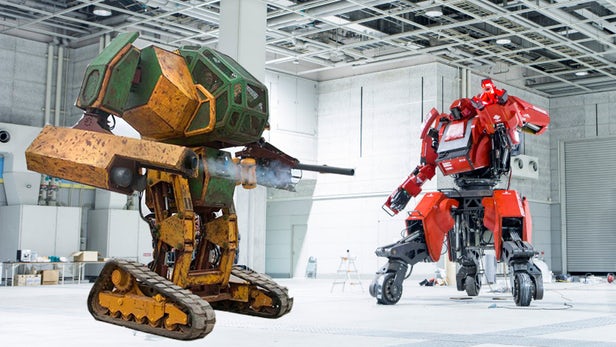As many as 800 million workers worldwide may lose their jobs to robots and automation by 2030, equivalent to more than a fifth of today’s global labor force.
That’s according to a new report covering 46 nations and more than 800 occupations by the research arm of McKinsey & Co. The consulting company said Wednesday that both developed and emerging countries will be impacted. Machine operators, fast-food workers and back-office employees are among those who will be most affected if automation spreads quickly through the workplace, Bloomberg reported.
Even if the rise of robots is less rapid, some 400 million workers could still find themselves displaced by automation and would need to find new jobs over the next 13 years, the McKinsey Global Institute study found.
The good news for those displaced is that there will be jobs for them to transition into, although in many cases they’re going to have to learn new skills to do the work. Those jobs will include health-care providers for aging populations, technology specialists and even gardeners, according to the report.
“We’re all going to have to change and learn how to do new things over time,” Michael Chui, a San Francisco-based partner at the institute, said in an interview.
Superpower
A breakthrough in artificial muscles means scientists say they can now imagine building almost any robot for almost any task, news.com.au reported.
Inspired by the Japanese folding art of origami, US researchers on Monday said they have crafted cheap, artificial muscles for robots that give them the power to lift up to 1,000 times their own weight.
The advance offers a leap forward in the field of soft robotics, which is fast replacing an older generation of robots that were jerky and rigid in their movements.
“It’s like giving these robots superpowers,” said senior author Daniela Rus, professor of electrical engineering and computer science at the Massachusetts Institute of Technology.
The muscles, known as actuators, are built on a framework of metal coils or plastic sheets, and each muscle costs around $1 to make, said the Proceedings of the National Academy of Sciences, a peer-reviewed US journal.
Their origami inspiration comes from a zigzag structure that some of the muscles use, allowing them to contract and expand as commanded, using vacuum-powered air or water pressure.
“The skeleton can be a spring, an origami-like folded structure, or any solid structure with hinged or elastic voids,” said the report.
Possible uses include expandable space habitats on Mars, miniature surgical devices, wearable robotic exoskeletons, deep-sea exploration devices or even transformable architecture.


